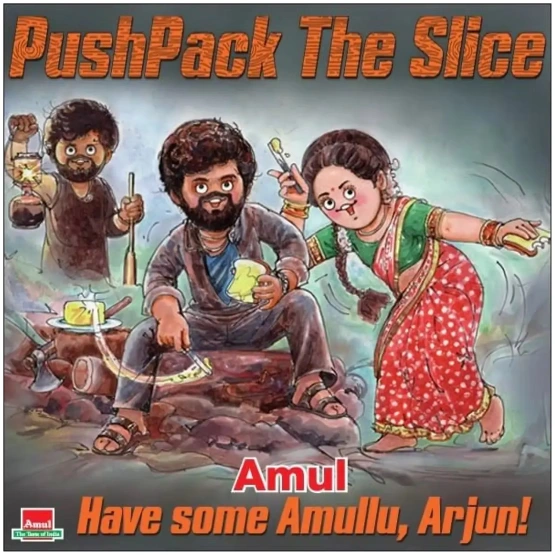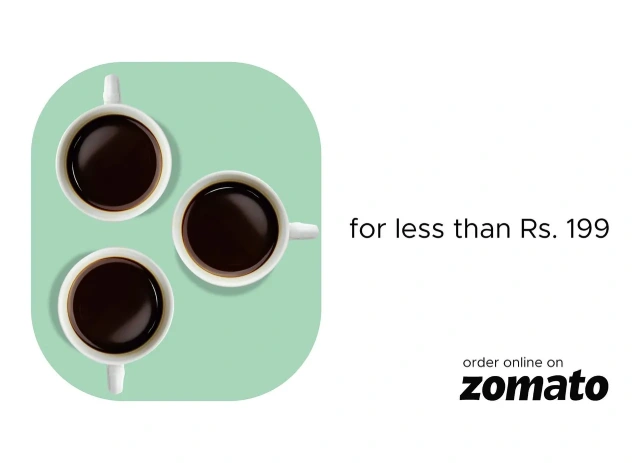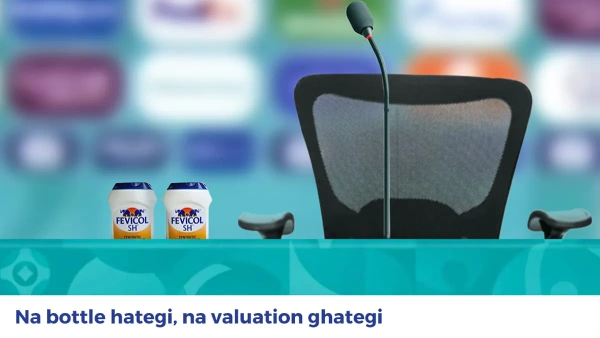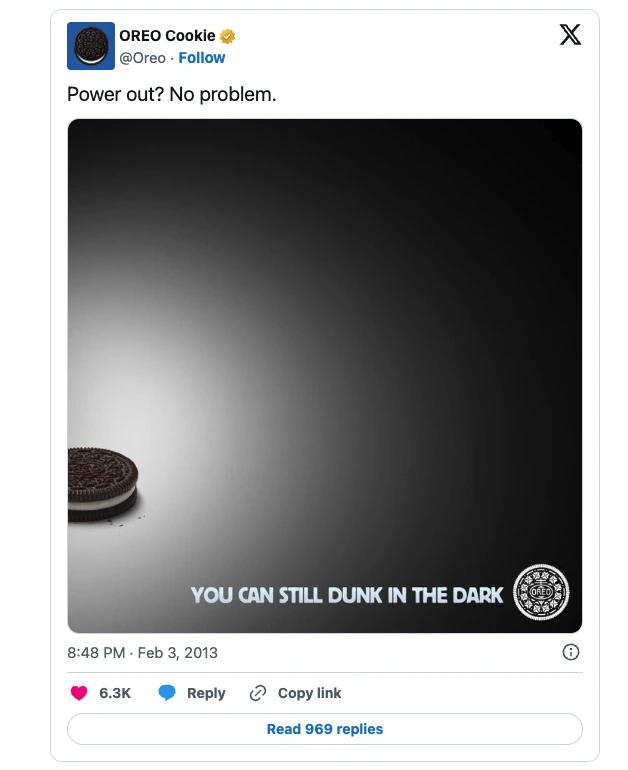
In today’s crowded digital landscape, capturing audience attention is both an art and a science. Traditional marketing campaigns, with their long planning cycles and static formats, often fail to keep up with the rapid pace of the internet. That’s where moment marketing enters the picture, a dynamic, agile approach that allows brands to jump on real-time events, trending topics or cultural moments to strike a chord with their audience. The beauty of this technique lies in its immediacy and relevance. When done right, it doesn’t just attract eyeballs; it earns engagement. From cricket matches and movie releases to memes and breaking news, moment marketing turns everyday chatter into strategic brand conversations. Often, it’s a well-tuned social media marketing agency behind the scenes, helping brands stay plugged into the cultural pulse. But what exactly makes it work? And why are top brands investing heavily in it?
Table Of Contents
- The pulse of moment marketing
- Why timing is everything
- How brands pull off moment marketing so seamlessly
- From hashtags to headlines
- The Risk and the Reward
- Final Thoughts
- FAQs
The pulse of moment marketing
Moment marketing isn’t a new idea, but it has matured with the rise of social media. It capitalises on what people are already talking about, turning organic interest into branded interaction. For a consumer scrolling through their feed, a brand that makes a clever reference to a World Cup win or a viral meme doesn’t feel like an interruption. Instead, it feels like part of the moment.
This emotional connection, this shared pulse, is what moment marketing thrives on. Brands that listen well and move fast can join cultural conversations in ways that feel authentic and relevant. Timing is everything here. A tweet seconds after a dramatic cricket victory or a quick Instagram Story during a celebrity mishap can position a brand at the heart of real-time chatter.
The effectiveness of moment marketing lies in its agility. It doesn’t follow a traditional campaign cycle; it’s reactive, instinctive and powered by cultural awareness. But it also requires preparation; brands need a strong digital infrastructure, approval workflows that move quickly and teams tuned into both global and local trends. Without these, opportunities are easily missed or, worse, misjudged.
Take Netflix India, for instance. Known for its razor-sharp wit and timely posts, the platform often rides the wave of trending content, from Bollywood gossip to cricket fever, while cleverly plugging its shows. Similarly, Zomato has become almost synonymous with moment marketing in India, with its minimalist creatives and timely takes on everything from weather updates to political happenings.
When done well, moment marketing doesn’t just drive engagement; it builds brand personality. It signals that a brand gets it, that it speaks the same language as its audience and shares the same cultural references. Many brands now rely on a branding agency or a social media marketing agency to help them stay agile, creative and ready to jump into the next big moment with relevance and flair. In a world of constant digital noise, that relatability can make all the difference.
Why Timing Is Everything
It’s not just about having the right message; it’s about delivering it at the perfect time. In the fast-moving world of social media, timing can make or break a campaign. A witty post shared a day too late becomes irrelevant, while a timely response can spark viral engagement. For example, when Apple launched a product during a major tech expo, other brands like Samsung cleverly inserted their responses into the wider discourse within hours, hijacking attention and turning the spotlight onto themselves. Timing, in this case, becomes even more critical than tone or design.
This immediacy is what separates successful moment marketing from mere content. A well-crafted message loses its power if it misses the moment. Audiences today are attuned to trends in real time, scrolling, sharing and reacting as things unfold. Brands that hesitate often find themselves lost in yesterday’s news cycle.
In a digital ecosystem where the lifespan of a trend can be measured in minutes, the ability to act swiftly, while staying brand-consistent, is a competitive advantage. And more often than not, it’s the behind-the-scenes agility of a digital marketing agency that ensures a brand shows up at just the right time, in just the right way.
How Brands Pull Off Moment Marketing So Seamlessly
Pulling off moment marketing isn’t just about having a sharp sense of humour or a clever idea. It’s about being prepared just enough before the moment even arrives. Let’s not pretend anyone has a secret folder titled “Memes for Events That Haven’t Happened Yet.” What sets winning brands apart isn’t foresight; it’s flexibility. They’re listening, anticipating, and staying nimble so they can ride the wave the second it starts swelling.
Many have built internal setups that work almost like editorial war rooms. Cultural cues, internet chatter, and news cycles are on constant watch, not for prediction, but for preparation. So when the moment hits, they’re not frozen mid-meeting. Visuals get tweaked, captions come together fast, approvals fly through, and the post goes live when it matters most, while everyone’s still talking about it.
Of course, it’s not only about speed. The content must stay true to the brand’s identity while still resonating with the moment. The voice, the humour, the cultural nuance, every element needs to align. That’s why the brands that truly succeed at moment marketing are the ones that combine instinct with structure. They aren’t simply lucky; they’re well-equipped to act quickly, without losing the plot.
This level of preparedness and cultural fluency is what transforms a fleeting trend into a lasting brand impression and why some posts become part of internet history while others vanish in the scroll.
From Hashtags to Headlines
Hashtags are more than just clickable links; they’re digital campfires where communities gather. The #IndVsPak cricket match? That’s not just a game; it’s a moment waiting for brands to play their innings.
Brands like Swiggy and Dunzo have consistently used these moments to create quirky, snackable content that gets shared, liked and talked about. During IPL seasons, Dunzo’s copywriting becomes sharper, meme strategy stronger and overall engagement skyrockets.
And it’s not just social media platforms. Even outdoor and television spots are being influenced by moment marketing strategies. A branding agency with a pulse on culture knows how to translate online buzz into offline impact, whether it’s through print ads that mimic trending memes or hoardings that respond to political news within hours.
The Risk and the Reward
Moment marketing is not without its pitfalls. React too quickly and a brand might get the facts wrong. React too slowly and the moment is gone. Worse, miss the mood of the audience and the backlash could outweigh the engagement.
Pepsi learnt this the hard way when it tried to co-opt a serious protest movement for a commercial. The backlash was immediate, with critics accusing the brand of trivialising social justice.
However, when done well, the rewards are immense. Oreo’s “You can still dunk in the dark” tweet during the 2013 Super Bowl blackout is still held up as one of the best moment marketing examples, simple, timely and perfectly on-brand.
Real Brands, Real Moments
1. Amul

- Renowned in India for decades of topical ads featuring the Amul Girl, Amul consistently delivers witty, relevant creatives about current events, from movie releases to political happenings. For example, celebrating Indian movie successes or major cricket wins, Amul’s ads quickly become viral, increasing brand recall.
2. Zomato

- Zomato is famous for its quirky social posts linked to trending events. During IPL matches, Zomato posts food memes about the game, boosting orders and social engagement.
- Another viral instance: After the iPhone 11 Pro’s triple-camera launch, Zomato posted a graphic of three teacups mimicking the camera, highlighting how you could get three cups of tea for less than the iPhone price. This witty post sharply increased user interaction.
3. Netflix
- Netflix India thrives on moment marketing by jumping on trending memes and events, like the Jal Lijiye meme and Mumbai rains, to promote its shows, especially on Twitter and Instagram. Their posts often go viral, sparking conversation and making their titles top of mind for viewers.
4. Burger King
- Burger King’s Valentine’s Day campaign took an unconventional turn by focusing on breakups, not love. The brand featured Sima Taparia, the famous Indian matchmaker and encouraged people to “break up” with their boring burger and try something better at Burger King. This unique spin on a familiar holiday garnered massive attention online.
5. Fevicol

- Fevicol, an adhesive brand, is quick to connect big news events with its brand’s theme of “iconic bond”. For example, they ran viral ads around massive celebrity weddings or major political headlines, always tying the message back to how Fevicol’s bond is “unbreakable”.
6. Domino’s

- The “Tweet for Pizza” campaign let customers order pizza just by tweeting a pizza emoji, capitalising on the peak popularity of emoji use on social platforms. The instant engagement generated significant media impressions and orders, showcasing the effectiveness of leveraging technology-driven, real-time moments for business.
7. Oreo

- During the 2013 Super Bowl blackout in the U.S., Oreo immediately tweeted, “You can still dunk in the dark.” The tweet capitalised on a live event and went extremely viral and is now cited as a classic global example of moment marketing done right.
The Future of Moment Marketing
As AI and predictive analytics grow more sophisticated, brands might be able to anticipate moments before they fully unfold. Imagine knowing a meme trend is about to peak and already having your content ready to ride the wave. That’s not just marketing; that’s cultural foresight.
Yet, no matter how advanced the tools get, the essence of moment marketing will remain human. It’s about empathy, timing and understanding what your audience cares about right now.
Final Thoughts
In a world where attention spans are measured in seconds, brands aren’t just competing with other brands; they’re up against everything: dog videos, celebrity tweets and viral memes.
To stay relevant, brands need to be agile. That’s where moment marketing shines. With the right digital marketing agency by their side, brands can react swiftly, speak the language of the internet and show up exactly when it matters most.
Because at the end of the day, branding isn’t just about logos or taglines; it’s about conversations. And great conversations always come down to perfect timing.
FAQs
1. Why is moment marketing important for brands?
It helps brands stay relevant by joining real-time conversations, increasing visibility and connecting with audiences more authentically.
2. What is a brand moment?
A brand moment is when a brand engages with its audience during a trending or cultural event, creating a memorable connection.
3. How can moment marketing improve user engagement?
It boosts likes, shares and conversations by aligning content with what audiences are already interested in, making interactions feel natural.
4. What makes a successful moment marketing strategy?
Timing, cultural relevance, creativity and staying true to the brand voice are key—plus the ability to act quickly and smartly.
5. How do brands boost engagement with social media through moment marketing?
By reacting to trends with timely, relatable content like memes or short videos, especially with support from a social media marketing agency.



